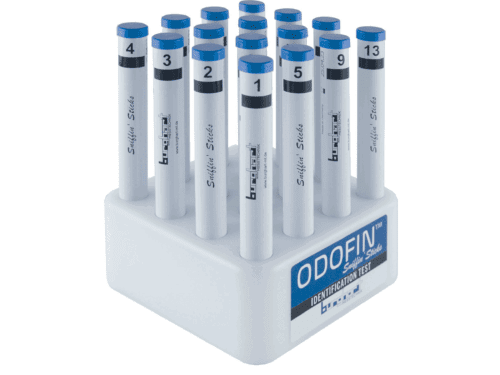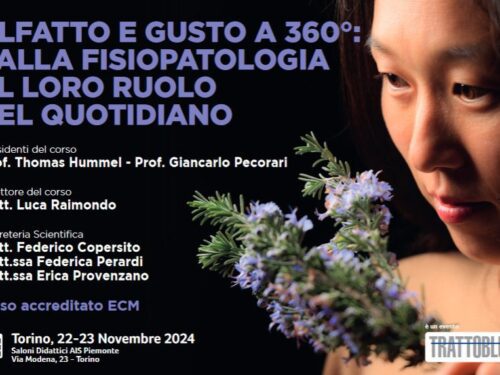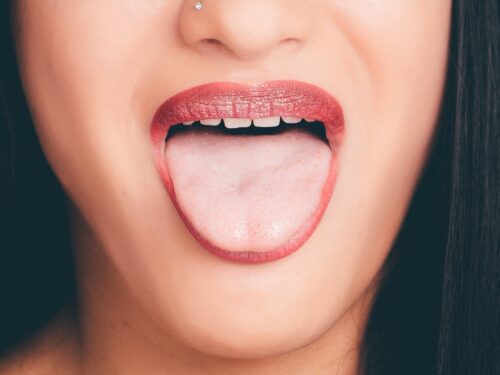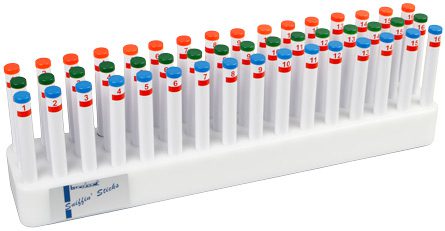
An olfactory threshold test (or smell threshold test) is a smell test that examines the concentration up to which a subject can perceive an odor. The lower the concentration a person can perceive, the better a person’s sense of smell is.
There are various olfactory threshold tests available, on this page we explain these tests in more detail.
Smell threshold tests
The threshold test is intended to determine the olfactory threshold of a subject with the help of different concentrations of a particular odor. It used to determine at which concentration a person can perceive an odorant.
Sniffin Sticks threshold test
The most common type of olfactory threshold test is the ODOFIN Sniffin’ Sticks threshold test. This test is available in 2 versions:
The difference between the 2 versions is the odor of the target pen. n-Butanol has a alcohol-like smell and 2-phenylethanol has a rose-like smell.
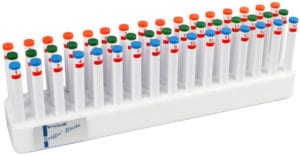
a solvent. The task of the test person is to identify the stick with the odorant. A forced-choice staircase procedure is used, whereby the patient
must make a statement which determines a score with the help of turning points. The testperson always has to make a choice, even if not sure.
The threshold test is also part of the extended test (together with the discrimination and identification smell tests) which is used to determine the TDI score.
Click on the following link for more information about the Sniffin’ Sticks smell tests: Sniffin’ Sticks
Sensonics Snap & Sniff threshold test
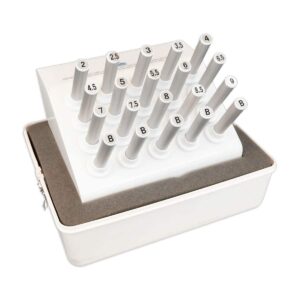
Each time 2 sticks are presented to the testperson, one after the oter. The task of the testperson is to report which one (the first or the second stick) seems the strongest. The testperson always has to make a choice, even if not sure.
Click on the following link for more information:
Why is the olfactory threshold test important?
The olfactory threshold test is an important tool for diagnosing smell disorders. Smell disorders can be caused by a variety of factors, including head injuries, upper respiratory infections, allergies, and neurological disorders. Early diagnosis and treatment of smell disorders can improve quality of life and prevent complications.
The threshold test is just one type of olfactory test. In most cases the threshold test is performed besides an identification and discrimination smell test. These smell tests together can reveal a pattern of olfactory decline.
How to prepare for the threshold smell test?
There is no special preparation required for the olfactory threshold test. However, the testperson should avoid smoking, chewing gum, eating, or drinking strong-smelling substances for at least 30 minutes before the test. Also avoid wearing perfume/ cologne and avoid using strong smelling hand soap which may disrupt the smell test.
What are the results of the olfactory threshold test?
The results of the olfactory threshold test are interpreted based on your age and gender. A reduced olfactory threshold (hyposmia) or an inability to detect an odor at all (anosmia) may indicate a smell disorder. The tests are delivered with normative data so you can evaluate the results.
If the olfactory threshold test results are abnormal, further testing may be recommend to determine the cause of the smell disorder. Treatment for smell disorders depends on the underlying cause.


